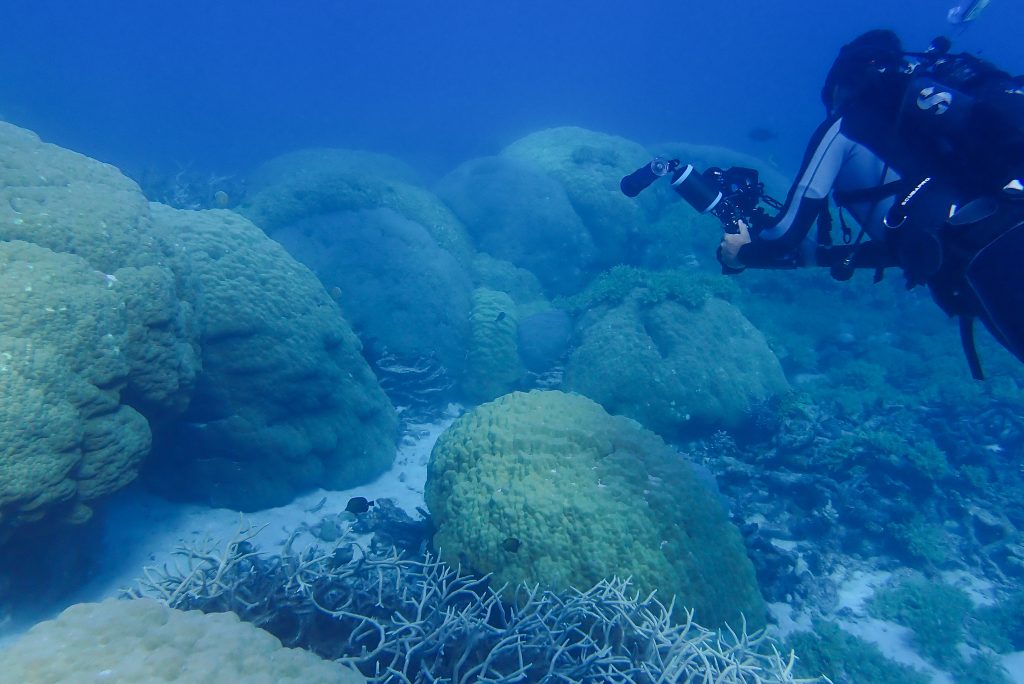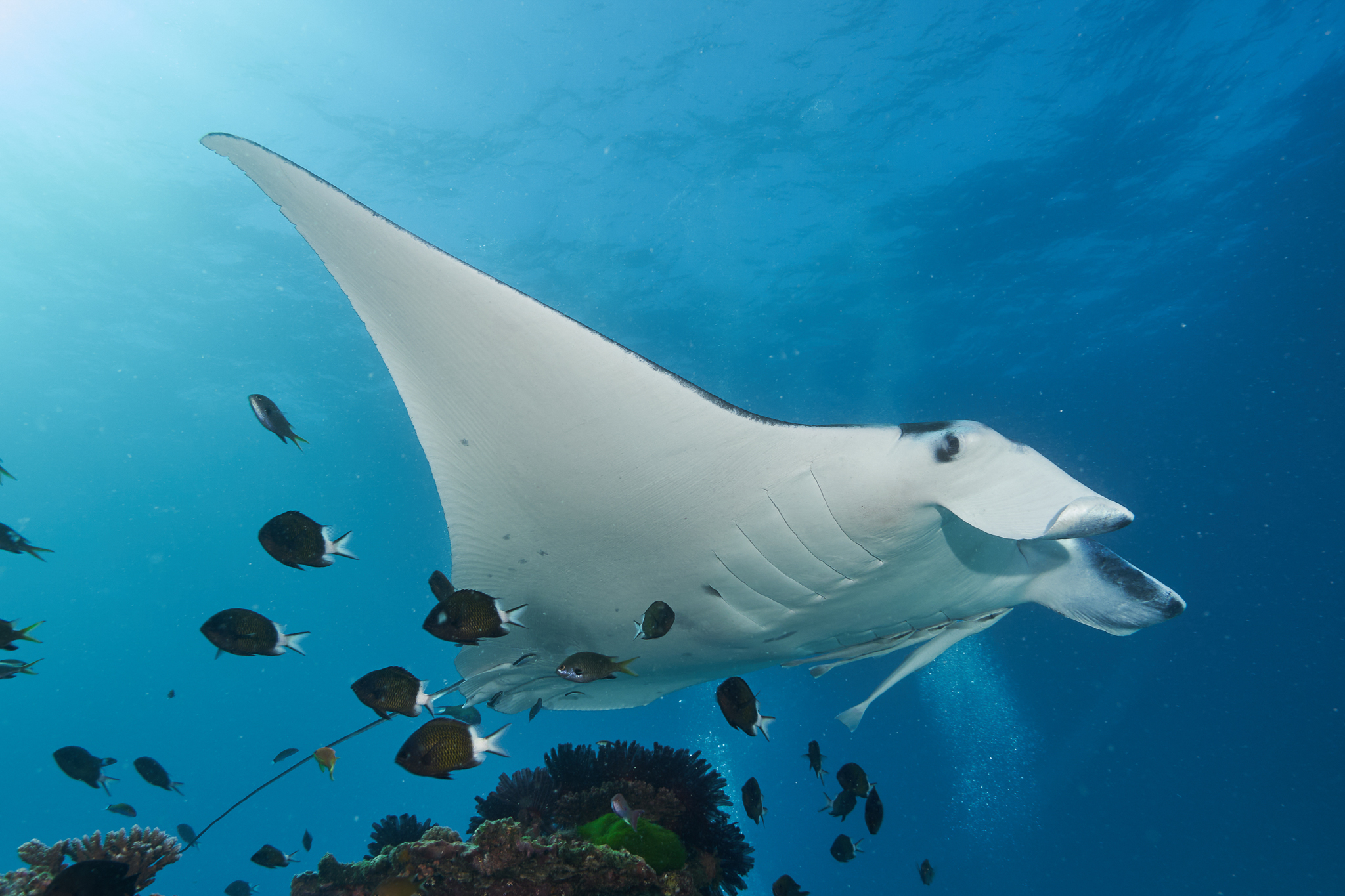The Great Barrier Reef has become a global symbol of manmade climate change. Along with this has come a focus on corals, and a believe that they are mostly small, fragile and bleached. In fact, species of Porites are the foundation of most coral reefs. These corals are often very large (weighing as much as a small car), round, and naturally pale in colour. They are an important habitat – a large solid substrate for creatures to attach to, burrow in, or find refuge amongst.
In celebration of these mega corals and the other megafauna at the Great Barrier Reef including the largest of the sharks and rays, Jennifer Marohasy is pleased to announce the five successful applicants to the inaugural 2024 Great Barrier Reef Megafauna Expedition and Photographic Competition. These five underwater photographers represent a mix of experience and ambition:
Dave Baxter – Award-winning photographer. Canon 5D3 Scubapix Nauticam sponsored. PADI Instructor. Based Melbourne. https://www.instagram.com/dave_underwater_/
Laura Boderke – Science communicator and film maker. Studying Marine Biology at James Cook University (JCU). Based Townsville. https://lauraboderke.wixsite.com/my-site
Michael Cee – PADI Master Scuba Diver. Former soldier. Photographer whale watching boats and dive boats. Based Sunshine Coast (Queensland). https://www.instagram.com/michaelceephotography/
Daniel Hampton – Rescue Diver. President Uni. of South Hampton dive club, studying marine biology. Based Southampton, UK. https://www.instagram.com/danielobhampton
Jenn Mayes – Former professional underwater photographer Cayman Islands. PADI Dive Master. Skipper. Based Great Keppel Island. https://www.facebook.com/jwowglobetrotter
Dr Marohasy would also like to acknowledge the support of Simon Fenwick in funding the charter of the MV Sea Esta.
His interest in wildlife conservation began when he watched a documentary on logging in Indonesia – and the destruction of habitat for giant orangutans. That was nearly thirty years ago. Since, Simon Fenwick has become a successful funds manager and then sold out of his business to focus on philanthropy. His first commitment has been to the orangutans of Indonesia through WWF. https://wwf.org.au/partnerships/philanthropic-partnerships/
This year Simon is funding the inaugural underwater megafauna expedition to the Great Barrier Reef through ‘Adrenalin Snorkel and Dive’ – Townsville’s most experienced dive operator supported by Dive Queensland. https://adrenalindive.com.au
The photographic competition has four categories:
- Largest coral colony
- Largest clam
- Largest fish, that is not a ray or shark
- Largest ray or shark or whale.
In drawing attention to the Great Barrier Reef’s megafauna Simon hopes to contribute in some small way to its conservation.
Simon has a particular affinity with the Manta Rays – these are the largest rays (family Myliobatidae, subfamily Mobulinae) that can reach over 7 metres across. That is mega!
There are two species of mantas: reef mantas (Mobula alfredi) and pelagic manta rays (Mobula birostris).
As part of the megafauna expedition, the photographers are hoping to dive with mantas at the famous Yonga wreck not far from the mouth of the Burdekin River and arguably one of the best ten dive sites in the world. https://vimeo.com/147689898
For more information Dr Jennifer Marohasy can be contacted on Mobile 61 41 887 3222
#megafaunaexpedition #whowins #underwaterphotography @greatbarrierreef #reefmegafauna #sizematters #thalassophile @adrenalindive @reeftoday @jennifermarohasy.com/megafauna



 Jennifer Marohasy BSc PhD is a critical thinker with expertise in the scientific method.
Jennifer Marohasy BSc PhD is a critical thinker with expertise in the scientific method.
